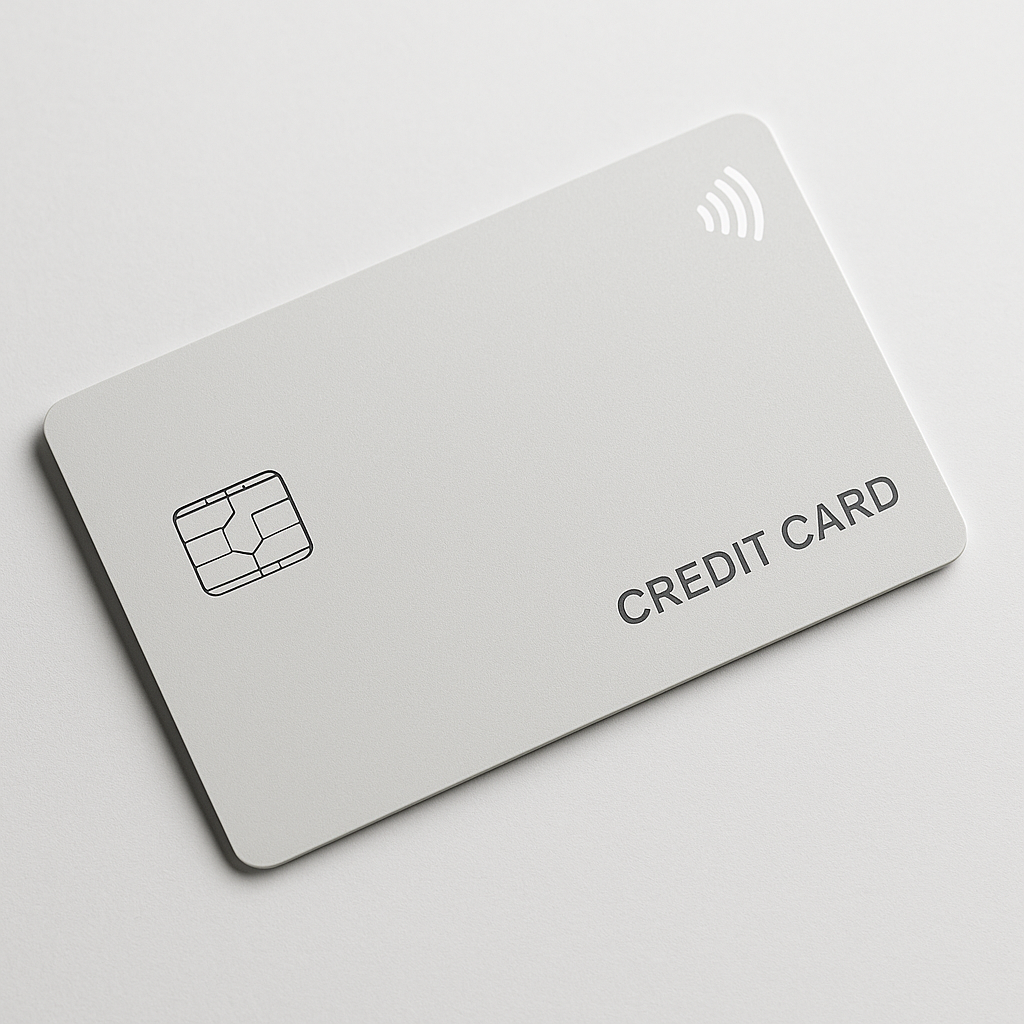Using a credit card while traveling abroad is convenient—but it can also be costly if you’re not careful. Hidden fees often sneak into international transactions, cutting into your travel budget without you even realizing it.

In this article, you’ll learn how to avoid hidden fees when using your credit card overseas and how to make smart choices that keep your money where it belongs.
What Are Hidden Fees?
Hidden fees are charges that may not be clearly communicated upfront by your credit card issuer. When traveling internationally, these can include:
- Foreign transaction fees
- Currency conversion markups
- ATM withdrawal fees
- Dynamic currency conversion fees
- Inactivity or maintenance charges
Each of these can add up quickly and reduce the value of your card’s rewards or benefits.
Top Tips to Avoid Hidden Fees Abroad
1. Choose a Card with No Foreign Transaction Fees
One of the most common international charges is the foreign transaction fee, typically 2%–3% of the purchase amount. Over the course of a trip, this can cost you hundreds.
What to do: Use a credit card that explicitly states no foreign transaction fees. Many travel and digital cards offer this feature.
2. Avoid Dynamic Currency Conversion (DCC)
When a foreign merchant offers to charge you in your home currency instead of the local one, that’s DCC. While it may seem convenient, the exchange rate is often worse than what your bank provides.
What to do: Always choose to pay in the local currency when given the option.
3. Use Global ATM Networks
If you withdraw cash abroad, local ATMs may charge fees, and your home bank may add an additional international ATM fee.
What to do:
- Use ATMs partnered with your card’s network (e.g., Visa Plus or Mastercard Cirrus).
- Consider using debit cards like Wise or Revolut, which offer free or low-fee withdrawals abroad (within limits).
4. Know the Currency Exchange Rates
Banks often add a markup to exchange rates, meaning you pay more than the official rate.
What to do:
- Use cards that offer real-time exchange rates with no markup (e.g., Wise, Revolut).
- Check the rate on your bank’s app or website before traveling.
5. Monitor Your Account Regularly
Some hidden fees may not show up immediately, especially if they are processed in local currency and converted later.
What to do:
- Use mobile banking apps to monitor charges in real time.
- Set alerts for transactions and daily spending limits.
6. Avoid Using Credit Cards for Cash Advances
Cash advances on credit cards often come with:
- High interest rates (often 20%+)
- Immediate interest accrual
- ATM fees
What to do: Use a debit card for cash withdrawals, not a credit card, unless it’s an emergency.
7. Understand Your Card’s Terms
Always read the fine print. Some banks may charge:
- Annual foreign usage fees
- Currency handling fees
- Card inactivity penalties
What to do: Review your cardholder agreement or contact customer service before traveling.
Recommended Cards with Low or No International Fees (2025)
🏆 Capital One Venture Rewards
- No foreign transaction fees
- 2x miles on all purchases
- Global ATM access
🏆 Chase Sapphire Preferred
- No foreign fees
- High-value travel rewards
- Built-in travel protections
🏆 Revolut Premium
- Real exchange rates
- No ATM fees up to €400/month
- Supports 30+ currencies
🏆 Wise Debit Card
- Low conversion fees
- Real-time exchange rates
- International bank details
Final Travel Tips to Save on Fees
- Bring more than one card (preferably Visa and Mastercard)
- Keep local currency for small purchases or in case of card rejections
- Use digital wallets (Apple Pay, Google Pay) when possible for secure, contactless payments
- Notify your bank of travel plans to prevent declined charges
Final Thoughts
Traveling abroad shouldn’t come with financial surprises. By choosing the right card, staying informed, and avoiding common traps, you can enjoy your trip without worrying about hidden credit card fees.
Use this guide as a checklist before your next trip—and make every swipe count.
